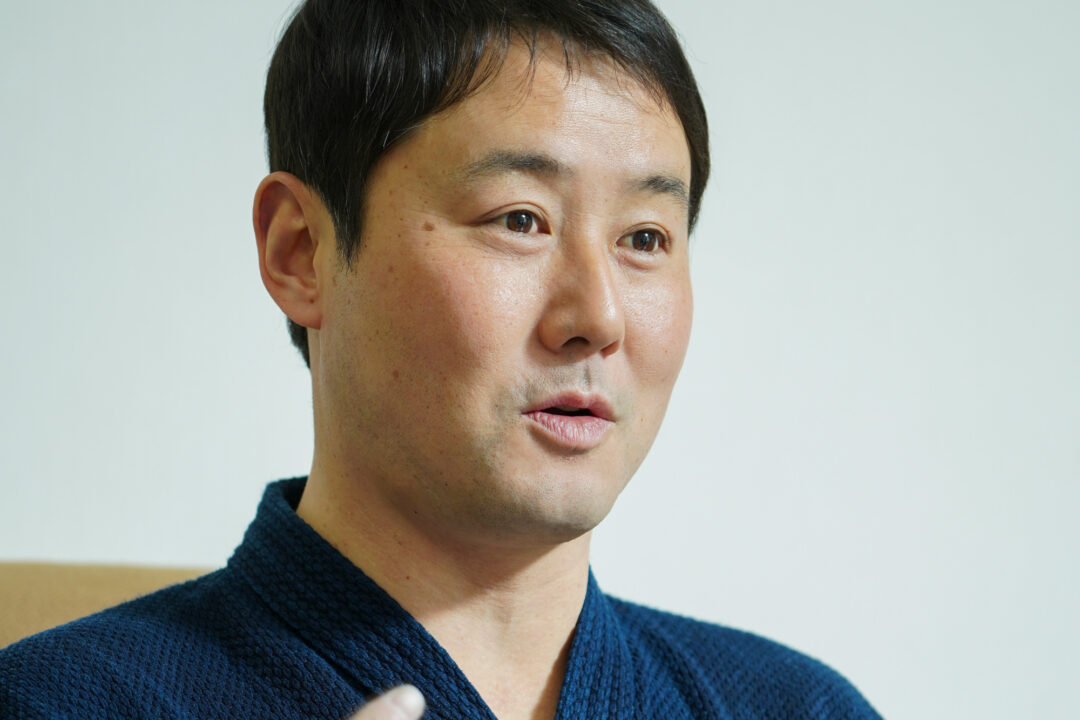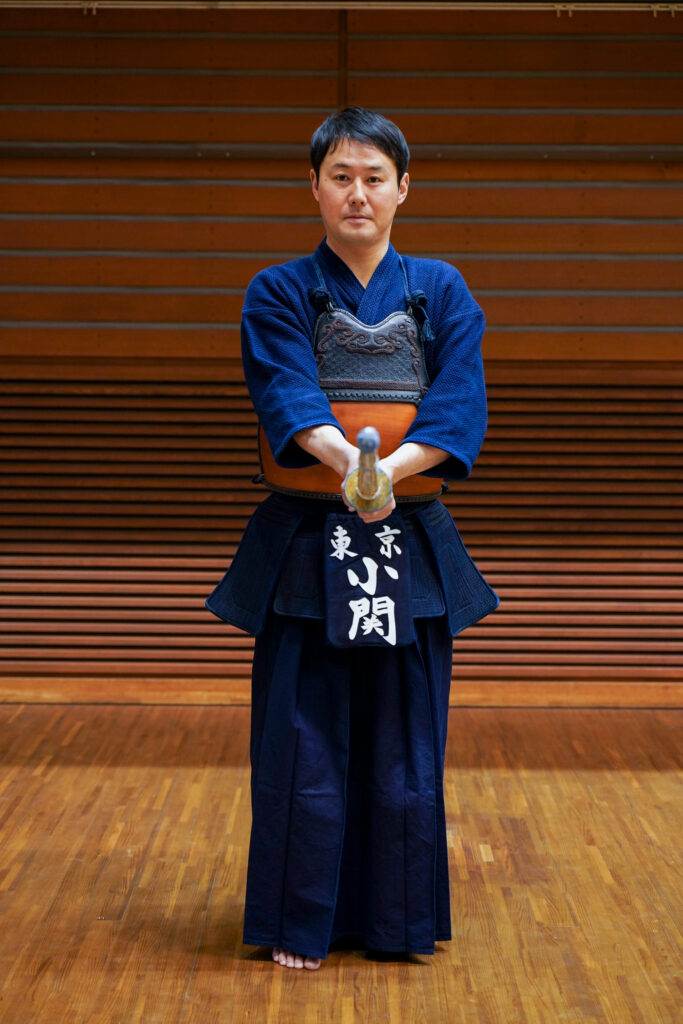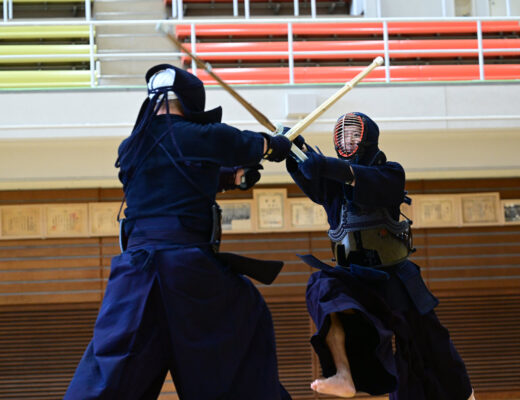2019.5 KENDOJIDAI
Kamae is the foundation of Kendo, and the correct Kamae will allow you to use your body at will for offense and defense, and to strike with perfect unity of spirit, sword and body. Perhaps there is something wrong with your Kamae without you knowing about it. Ranging from the visible Kamae of the body and the invisible Kamae of the mind, Kamae is a subject that will always be important.
“Whenever I get a good result in Shiai, I always feel a good amount of tensity in my abdominal muscles”, said Kyoshi Koseki Taro. The resulting muscle ache, he says, comes from putting pressure on the Tanden. We interviewed Koseki Taro, who says that being aware of the Tanden and keeping the Kamae as natural as possible leads to the practice of unity of attack and defense. We talked about his approach and what he keeps in mind.
Koseki Taro, 7th Dan Kyoshi
Koseki Taro was born in Chiba Prefecture in 1976. After graduating from Narashino Municipal High School, he went on to Tokai University, after which he worked for the Metropolitan Police Department. His major achievements include 3rd place in the All Japan Championship, first place in the National Police Tournament, first place in the National Athletic Meet, participation in the All Japan Invitational 7th Dan Championship and participation in the All Japan Inter-Prefectural Tournament. He is currently a Kendo teacher at the Tokyo Metropolitan Police Department and teaches the younger generation.
Put strength in your Tanden to the point you get muscle ache
I am currently a Kendo teacher for the Metropolitan Police Department, so I am in the position to teach younger students. I believe that Kamae is a fundamental part of Kendo, so I always try to be aware that I am being observed in my regular Keiko practice so that I can set a good example.
It is said that there are two types of Kamae: the Kamae of the body and the Kamae of the mind. Naturally, there are points to be aware of in each of these, but the most important thing for me throughout the entire process is to put power into the Tanden.
In kendo, “Tanden” is the area slightly below the belly button, the so-called “subnavel Tanden”.
By putting power into this area, I feel that I can naturally relax my upper body and practice Kamae with a relaxed upper body and solid lower body. After a successful Shiai, I always feel a strong tension in my abdominal muscles. I feel that this is a sign that I was able to fight with a Kamae that put power into my Tanden. On the other hand, when I have not been able to do so well throughout the day, I do not have such pain. In this case my Kamae was probably disrupted in many situations.
This awareness of “putting power into the Tanden” is not limited to Kamae. I believe that if you are always aware of this during mutual Seme or when you are avoiding your opponent’s strikes, you will be able to maintain the correct Kamae and immediately get into performing your own techniques.
The rest of this article is only available for Kendo Jidai International subscribers!





